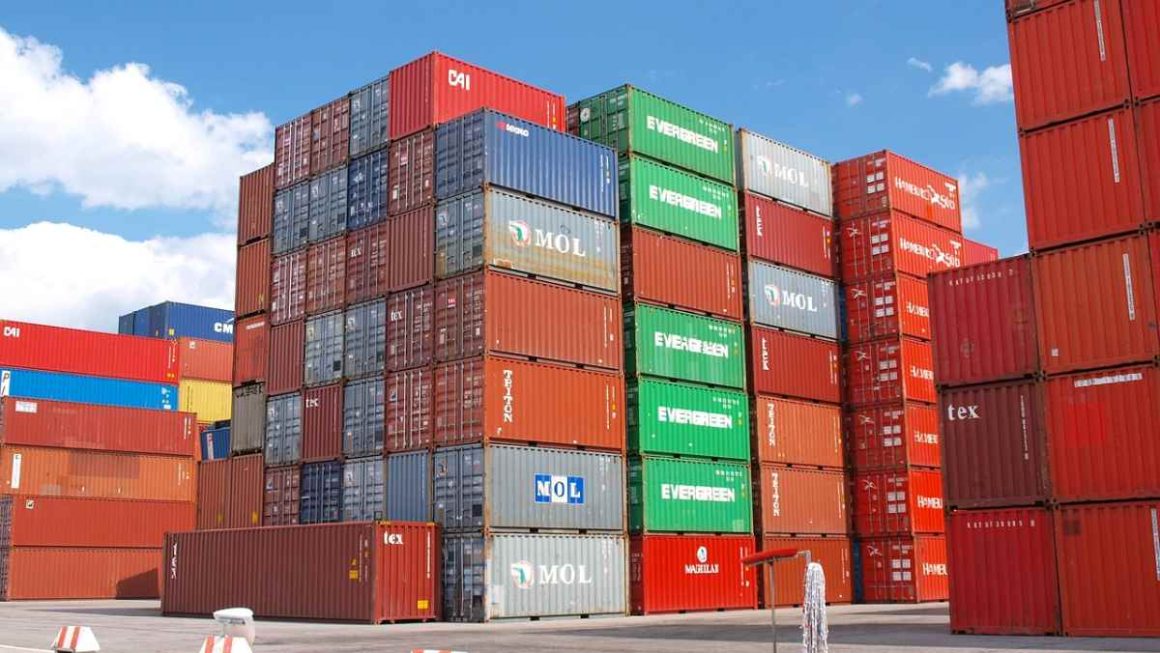Commodity traders are individual people or a whole company that trades in product assets. The hour-by-hour trading activity is dependent on a number of factors. These are known as the risks that commodity traders carry day in and day out and are the things that guide trade decisions as things move forward. This guide covers the topic of how these risks are managed and what a typical day trader considers when it comes to smart moves and viable trades.
Table of Contents
Why a Risk Management Strategy is Useful
Risk management strategies are an incredibly useful set of tools that traders use to navigate the twists and turns of the economic market. Each value assigned to particular commodities is dictated by various indicators that are both industry specific and more general as well. Strategies in place to navigate these bends in the road enable traders to make smart decisions and manage the potential losses should a commodity be deemed vulnerable to depreciation. What do they look at?
Economic Factors
Economic factors tend to include any and every price fluctuation that can be observed in real time. It is worth noting that prices change all of the time, and these variations can cause a commodity to either increase or decrease in value. Other factors in this category include supply chain information which could easily influence the asset value. For instance, if there is a high demand but a missing link in the supply chain, then a commodity may appreciate rapidly, and vice versa.
Environmental Considerations
Though it may not be immediately obvious from the name of the game, environmental factors do play a major role when it comes to pricing and trading commodities. A simple example is the orange trade in Florida, where frozen orange juice concentrate futures are often put at risk because of tropical storms. It’s no big secret that Florida state sees some of the most catastrophic weather in the area and this can (and does) severely impact the viability of commodities like the one listed above. One storm is all it takes to plummet a stock down to the ground because crops are destroyed, and businesses are put in danger of failing to produce the goods.
Political Considerations
Popular commodities to trade in include oil and gold. However, these two facets are heavily influenced by political agendas and the state of the various countries in the world. There is a degree of turmoil to circumvent, and this can impact the value of these core assets in the world of commodities. Traders must stay up to date with political movements and consider things like ongoing wars, for instance, the one being waged between Russia and the Ukraine which has significantly swayed the cost of many basic commodities around the world. While these types of events cannot be stopped or influenced from this level, they are things to pay attention to, nevertheless.
Commodity traders need to have a comprehensive risk strategy that encompasses a reasonable consideration for all of the dangers on the table. It is difficult to predict which way a trade may move, but this becomes more accessible when actively seeking out information and staying up to date with trends.




